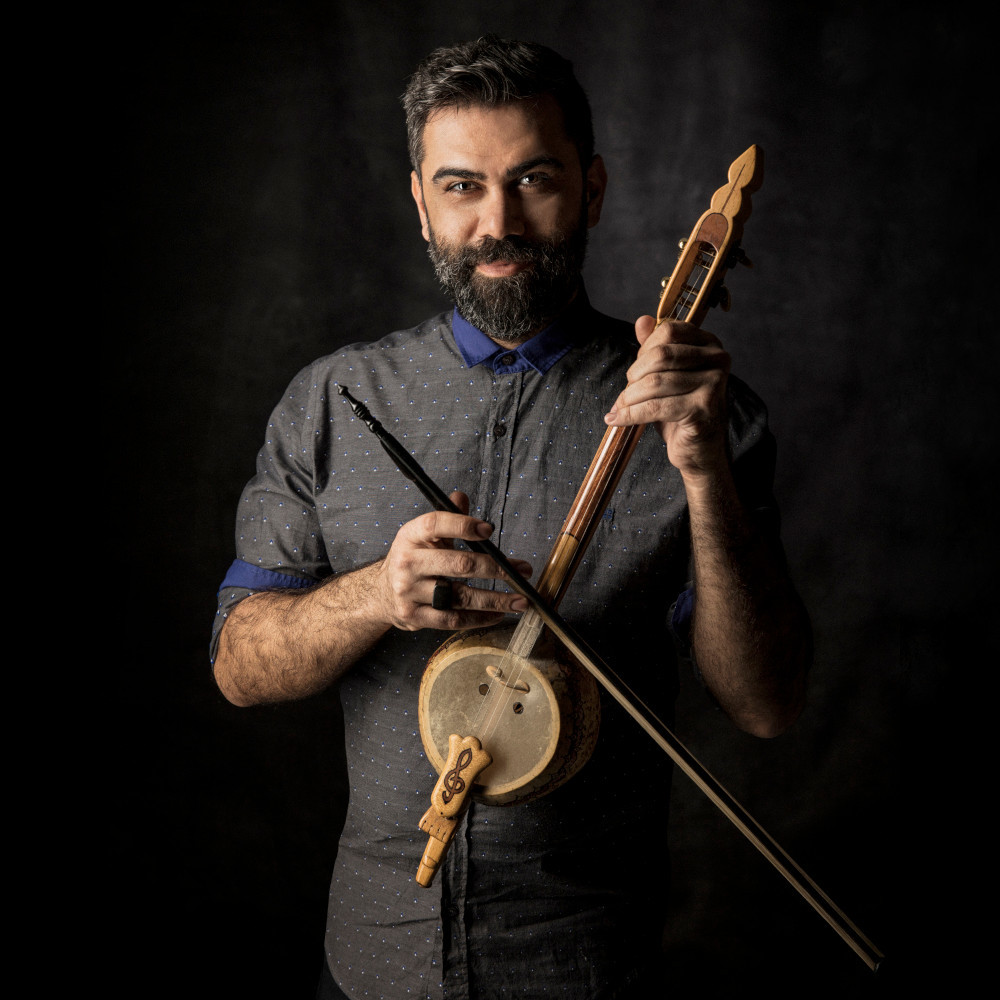A study on three bowed traditional musical instruments in Turkish world: Kilkobiz, kamança and kabak kemane
Our study titled A study on Three Bowed Traditional Musical Instruments in Turkish World: Kılkobız, Kamança and Kabak Kemane is consisted of the parts, which are translation of researches and the musical works related to these instruments played in Kazakhstan, Azerbaijan and Turkey into Turkish.
Stating the culture of stringed musical instruments in other Turkish communities, gathering information about these instruments origin, production process and performance through interviews, and finally, the examination and evaluation of the results related to comparison of three instruments. Our study includes preface, introduction, three parts and conclusion.
The introduction part elaborates the origination of the stringed musical instruments, the relation of these instruments with arrow, the history of ıklığ, one of Turkish stringed musical instruments, and the similarities of the other stringed musical instruments in other Turkish tribes with ıklığ. The shape and the structural features of the instrument in the first chapter called Kılkobız are introduced. In this part, the production process of kılkobız is mentioned; the reasons behind the similarities and differences between the materials used in the production of kılkobız, kamança and kabak kemane are stated. The part, in which the performance of kılkobız played in Kazakhstan is explained, includes the similarities between kılkobız, kamanca, and kabak kemanes performances. Then, this part has been completed by giving examples of the musical work notes.
The second part called Kamança gives information about the instruments structural features and explains the instruments production process. The part, in which the instruments performance is explained, emphasizes the similarities between kamanca, kılkobız and kabak kemane in terms of performance.
Lastly, some examples of the musical work performed with kamança and the other instruments in Azerbaijan are presented in this part.The third part Kabak Kemane gives general information about the instrument and explains the production process by introducing the shape and the structural features. In this part, not only kabak kemanes performance areas in Turkey are mentioned but also the development of the instrument in terms of performance is stated. This part closes with the notes of some musical work performed with kabak kemane.The data we explored in the first, second and the third chapters which examine the three stringed musical instruments in detail are evaluated as a whole in the Result part. At the end of the study, there is bibliography part which lists the authors of the resources used in the study according to their surnames.
